- myFICO® Forums
- Types of Credit
- Credit Cards
- Re: Did I pay my balance correctly?
- Subscribe to RSS Feed
- Mark Topic as New
- Mark Topic as Read
- Float this Topic for Current User
- Bookmark
- Subscribe
- Mute
- Printer Friendly Page
Did I pay my balance correctly?
Is your credit card giving you the perks you want?
Browse credit cards from a variety of issuers to see if there's a better card for you.
- Mark as New
- Bookmark
- Subscribe
- Mute
- Subscribe to RSS Feed
- Permalink
- Report Inappropriate Content
Did I pay my balance correctly?
In the past I've always carried a balance from month to month but I'm turning over a new leaf and I want to be sure I did this correctly so I'm hoping someone can help me confirm.
I got a new Chase Sapphire Preferred Card in February and the first statement was generated on March 2nd, 2016 with a due date of March 27th, 2016. The statement balance was $1,485.08
I've made two payments since the statement was generated, one for $743.08 on March 4th and another on March 11th for $750. That means I've made a total payment of $1,493.08 which is more than my statement balance. Since the statement was generated I've continued to use the card and it has a current balance of $2,800 (all of my monthly bills go on this card and we had some unexpected vet/medical bills).
My two questions are:
1) Since I made 2 payments that in total are more than the statement balance this means I won't get charged any interest correct? Was it a bad idea to make it in two payments instead of one?
2) The total balance by the statement date will probably be close to 3k if I stay in budget for the month. Should I let a 3k balance hit my statement or should I make a payment prior to the statement to get it lower? I can pay it off today but I want to know what the "best" option is.
Thanks!
 Starting Score: 652
Starting Score: 652Current Score: EQ: 751 EX:751 TU:738
Goal Score: 740
Take the myFICO Fitness Challenge
- Mark as New
- Bookmark
- Subscribe
- Mute
- Subscribe to RSS Feed
- Permalink
- Report Inappropriate Content
Re: Did I pay my balance correctly?
Depends on what your trying to do.... If you are trying to optimize your credit then yes, pay BEFORE your statement date and bring your utilization down between 1-9%. If your not trying to optimize ( apping for anything) then just pay in full before the due date that way your not paying interest
- Mark as New
- Bookmark
- Subscribe
- Mute
- Subscribe to RSS Feed
- Permalink
- Report Inappropriate Content
Re: Did I pay my balance correctly?
@jbsea wrote:If your not trying to optimize ( apping for anything) then just pay in full before the due date that way your not paying interest
Does this mean paying the statement balance (which I already did) or paying the full balance (bringing the card to $0)? Thanks!
 Starting Score: 652
Starting Score: 652Current Score: EQ: 751 EX:751 TU:738
Goal Score: 740
Take the myFICO Fitness Challenge
- Mark as New
- Bookmark
- Subscribe
- Mute
- Subscribe to RSS Feed
- Permalink
- Report Inappropriate Content
Re: Did I pay my balance correctly?
Well statement balance means your not paying any interest.... When I pay my CC I just pay full balance, so anything that got added before I paid. But either would do the trick.
- Mark as New
- Bookmark
- Subscribe
- Mute
- Subscribe to RSS Feed
- Permalink
- Report Inappropriate Content
Re: Did I pay my balance correctly?
@ShatteredReality wrote:In the past I've always carried a balance from month to month but I'm turning over a new leaf and I want to be sure I did this correctly so I'm hoping someone can help me confirm.
I got a new Chase Sapphire Preferred Card in February and the first statement was generated on March 2nd, 2016 with a due date of March 27th, 2016. The statement balance was $1,485.08
I've made two payments since the statement was generated, one for $743.08 on March 4th and another on March 11th for $750. That means I've made a total payment of $1,493.08 which is more than my statement balance. Since the statement was generated I've continued to use the card and it has a current balance of $2,800 (all of my monthly bills go on this card and we had some unexpected vet/medical bills).
My two questions are:
1) Since I made 2 payments that in total are more than the statement balance this means I won't get charged any interest correct? Was it a bad idea to make it in two payments instead of one?
Yes, you won't get charged any interest.
No, it is not a "bad" idea to make two payments.
No need to overanalyze this.
Note that some banks have limitations on multiple payments e.g. Discover lets you pay once every 4 days otherwise they hold your payment for much longer. Citi has some X number of payments max per month. I don't recall Chase having any such cap.
2) The total balance by the statement date will probably be close to 3k if I stay in budget for the month. Should I let a 3k balance hit my statement or should I make a payment prior to the statement to get it lower? I can pay it off today but I want to know what the "best" option is.
I don't know what your credit limit is. I am assuming this $3k is new charges this month (because you paid off your last month's debt in full).
If you want the best option with respect to interest payment, you need to do nothing more. Let that $3k sit in your savings or investment account and make some money.
If you want to maximize your FICO score, then you need to answer this: Q: Is this the only card that is going to report a balance (i.e. a non-zero statement)?
If Ans = No then pay this card to zero before statement cut.
If Ans = Yes then pay this down to <10% of your credit limit on the card. So e.g. your CL is $10k, then you should report around $900 or so therefore pay down $2,100. And all other cards should be paid down to zero before their statements are generated (in the case of US Bank, before the end of the month).
Thanks!
My answers in red.
- Mark as New
- Bookmark
- Subscribe
- Mute
- Subscribe to RSS Feed
- Permalink
- Report Inappropriate Content
Re: Did I pay my balance correctly?
@ShatteredReality wrote:In the past I've always carried a balance from month to month but I'm turning over a new leaf and I want to be sure I did this correctly so I'm hoping someone can help me confirm.
I got a new Chase Sapphire Preferred Card in February and the first statement was generated on March 2nd, 2016 with a due date of March 27th, 2016. The statement balance was $1,485.08
I've made two payments since the statement was generated, one for $743.08 on March 4th and another on March 11th for $750. That means I've made a total payment of $1,493.08 which is more than my statement balance. Since the statement was generated I've continued to use the card and it has a current balance of $2,800 (all of my monthly bills go on this card and we had some unexpected vet/medical bills).
My two questions are:
1) Since I made 2 payments that in total are more than the statement balance this means I won't get charged any interest correct?
Correct
Was it a bad idea to make it in two payments instead of one?
No. No problem
2) The total balance by the statement date will probably be close to 3k if I stay in budget for the month. Should I let a 3k balance hit my statement or should I make a payment prior to the statement to get it lower?
Make payments prior to statement to get it lower
I can pay it off today but I want to know what the "best" option is.
Pay it off today
Utilization is computed on the basis of the statement balance
It's best to have more than half of your cards reporting a zero balance if possible
But it's also best to have at least one card reporting some small balance
So if this is your only card, then instead of paying it down to zero, pay it down to a small amount under 9% of the credit limit. But if you have other cards reporting balances pay this one down to zero.
Thanks!

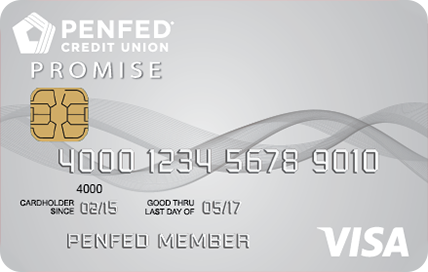

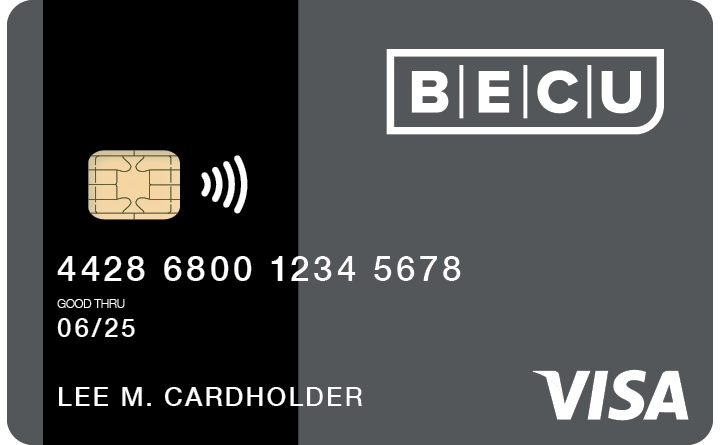
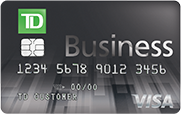


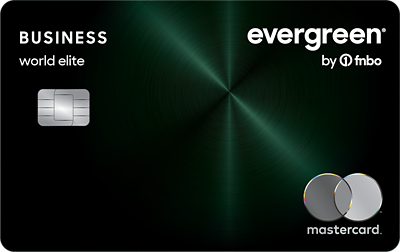



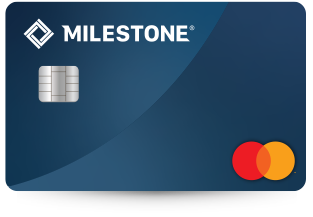
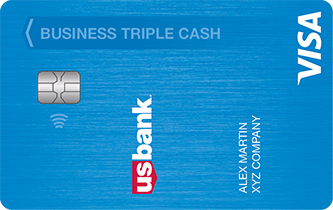

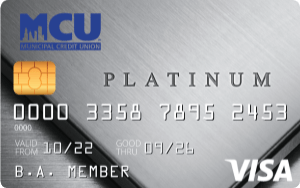
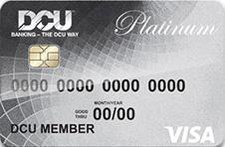
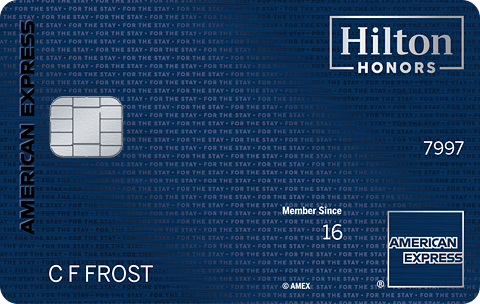
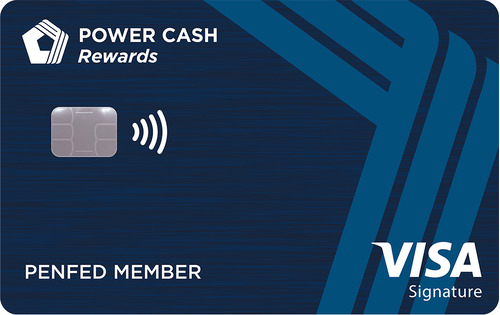
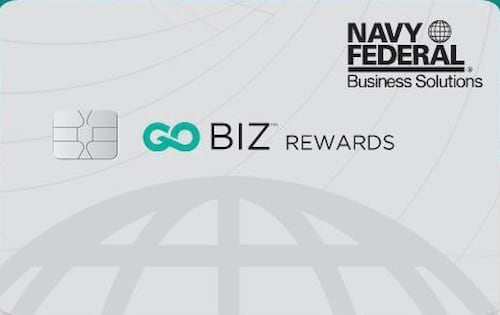

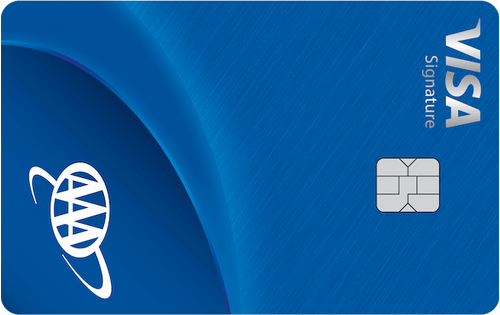

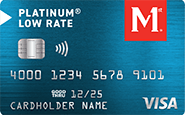
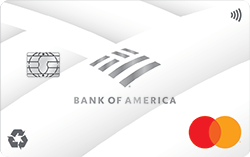

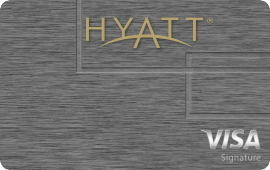
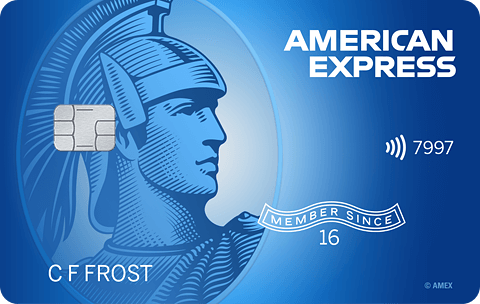
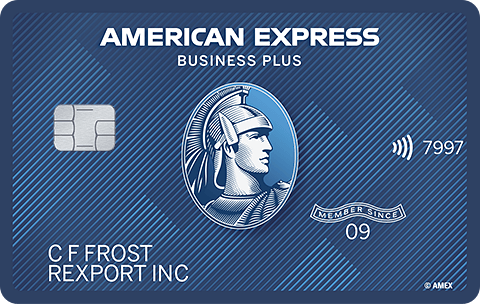



Total revolving limits 569520 (505320 reporting) FICO 8: EQ 699 TU 696 EX 673